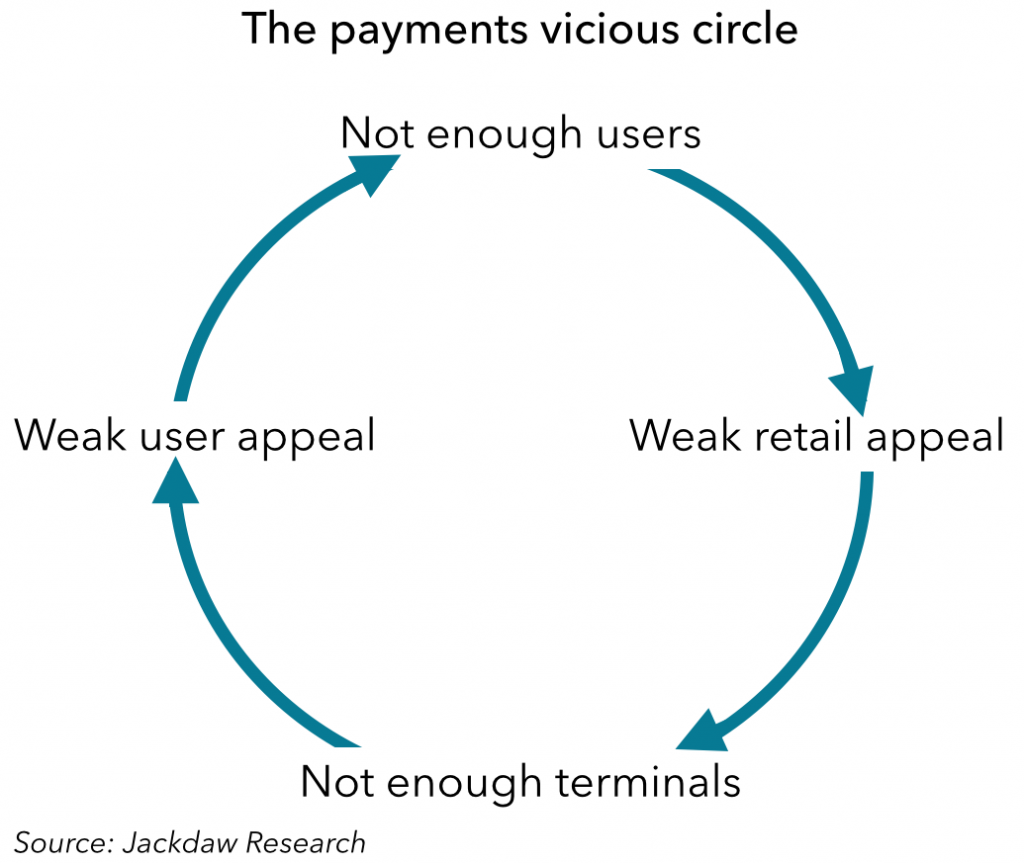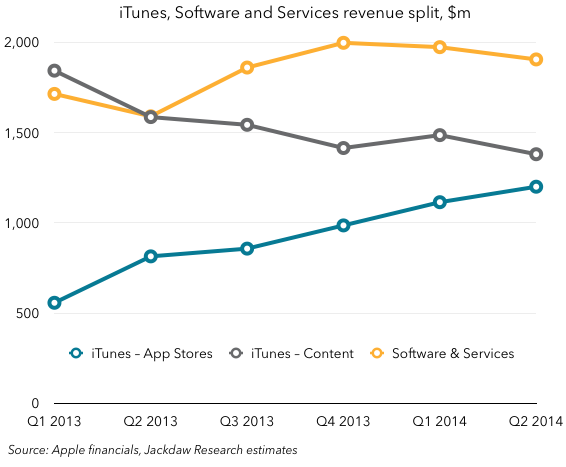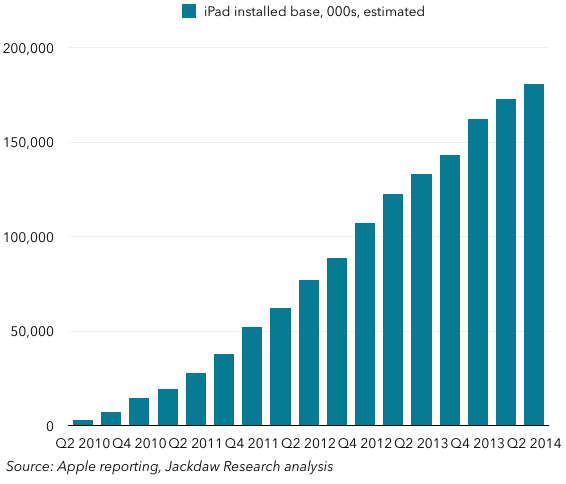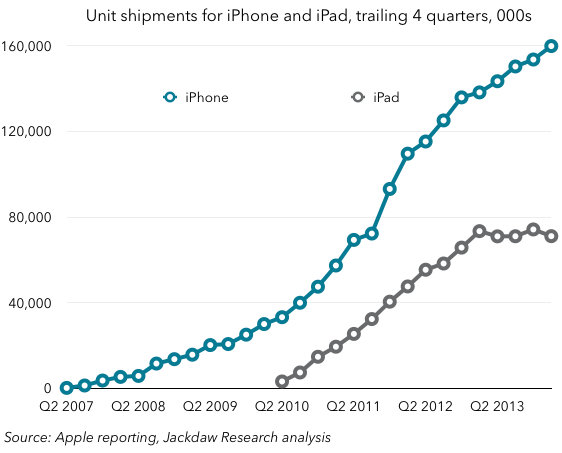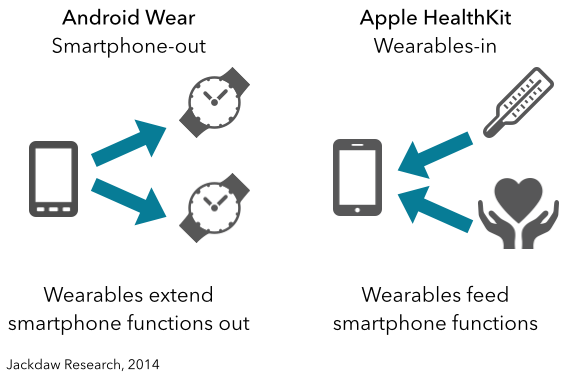This is the first of what will likely be several pieces from me over the course of this week on Apple’s big announcements, both here and in my weekly Techpinions column. This one focuses on the iPhone specifically.
Apple has always provided windows of opportunity for competitors
In the in-depth Apple profile I wrote for clients a couple of months ago, I said the following:
Apple competes very effectively in the market segments it targets, but deliberately limits the segments of the markets it competes in.
As a corollary to that, one of my first recommendations to Apple’s competitors was:
Play where Apple isn’t. The easiest approach to take is to play where Apple chooses not to. Early in this report, we discuss Apple’s focused approach and the ways in which it limits its own addressable market through its focus on premium devices, a small number of devices, and a relatively controlled approach to customization. Competitors should play up their differences and focus on those markets where Apple doesn’t play, or doesn’t play effectively. Very few companies can go up against Apple in its target markets and win.
What’s been fascinating about Apple’s history with the iPhone is the ways in which it has deliberately held back features or functionality in either hardware or software which competitors offer. In the process, it’s provided a series of windows of opportunity for competitors to differentiate on that basis, and to hammer Apple for it in their advertising. The chart below shows a number of these features and the windows of opportunity Apple has allowed competitors to offer them without competition. In each case, the starting point is when major competitors began to offer the feature, and the ending point is when Apple began offering it, either in iPhone hardware or in iOS. (To be sure, some of these were far more useful and meaningful differentiators than others).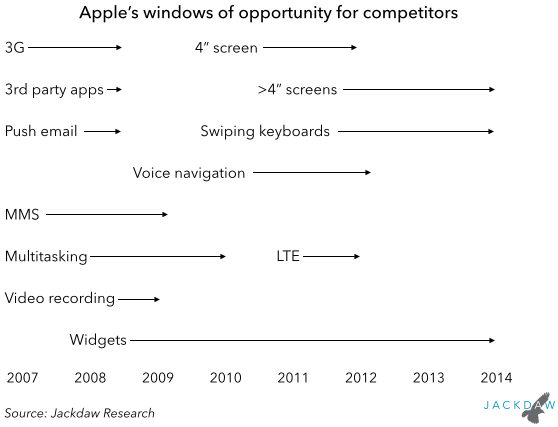 In some cases, the window has been very small, lasting just a year or so. Such was the case with the initial iPhone’s lack of 3G, push email and third party apps. But other windows have lasted much longer, such as the absence of widgets. But in all these cases, Apple has been content to allow competitors free rein in these areas while it either didn’t consider the feature important or wanted to wait until it could get it right. Continue reading
In some cases, the window has been very small, lasting just a year or so. Such was the case with the initial iPhone’s lack of 3G, push email and third party apps. But other windows have lasted much longer, such as the absence of widgets. But in all these cases, Apple has been content to allow competitors free rein in these areas while it either didn’t consider the feature important or wanted to wait until it could get it right. Continue reading
